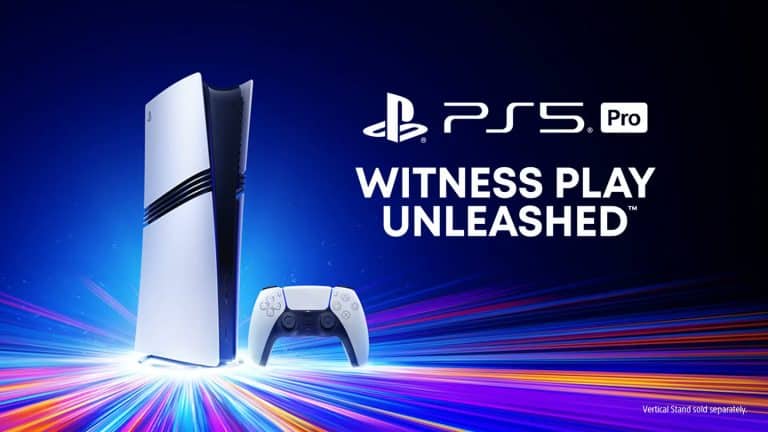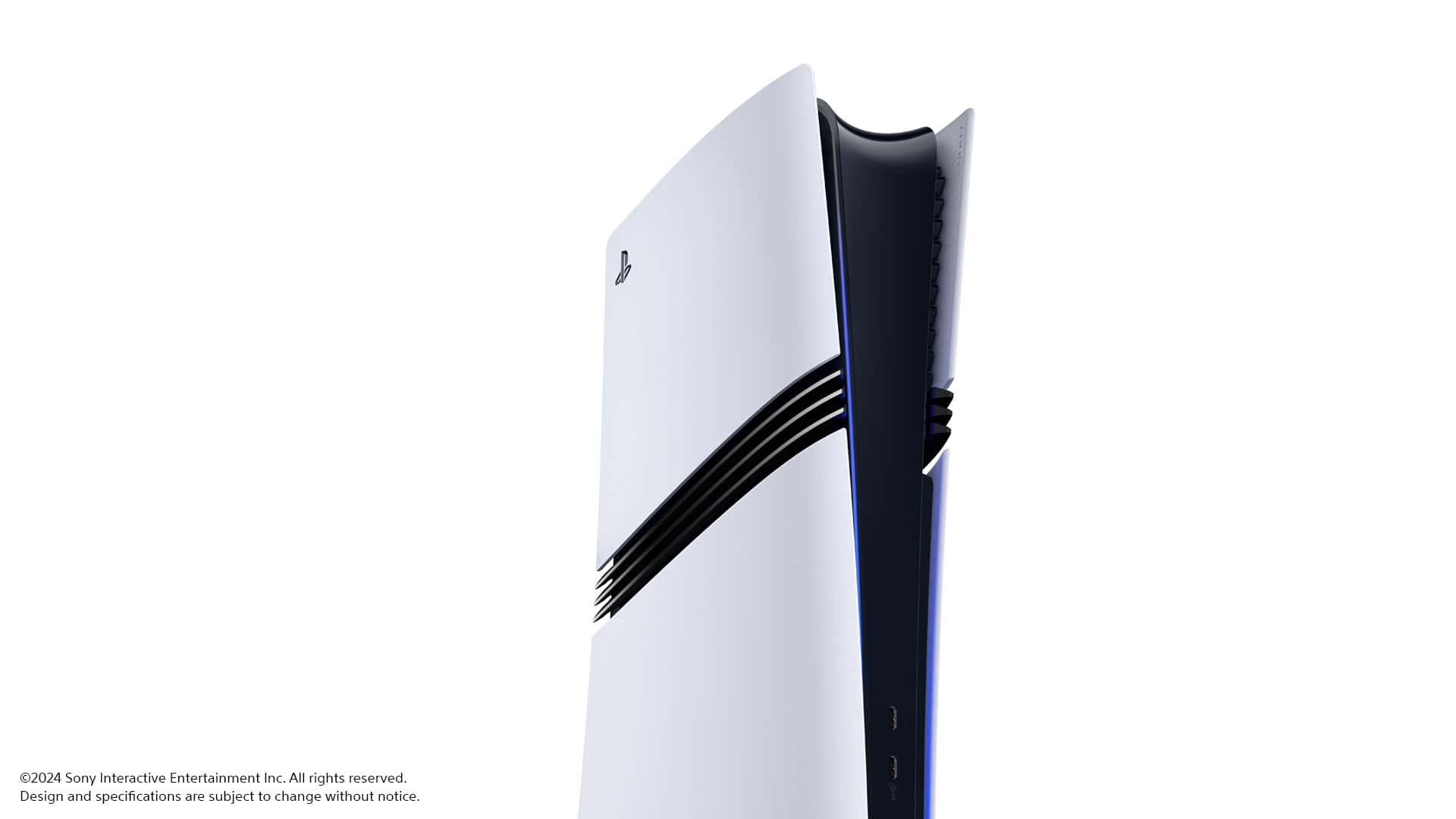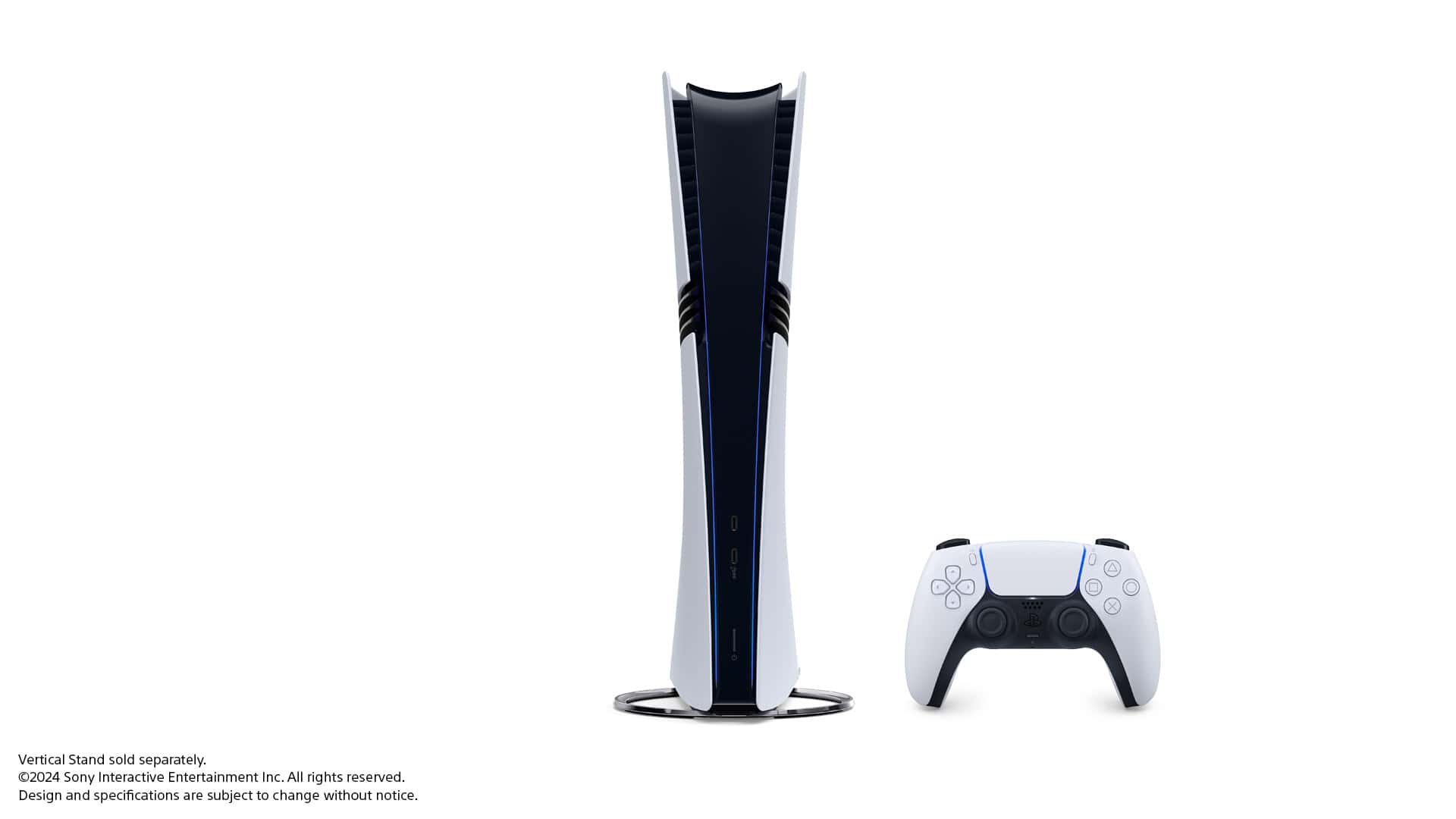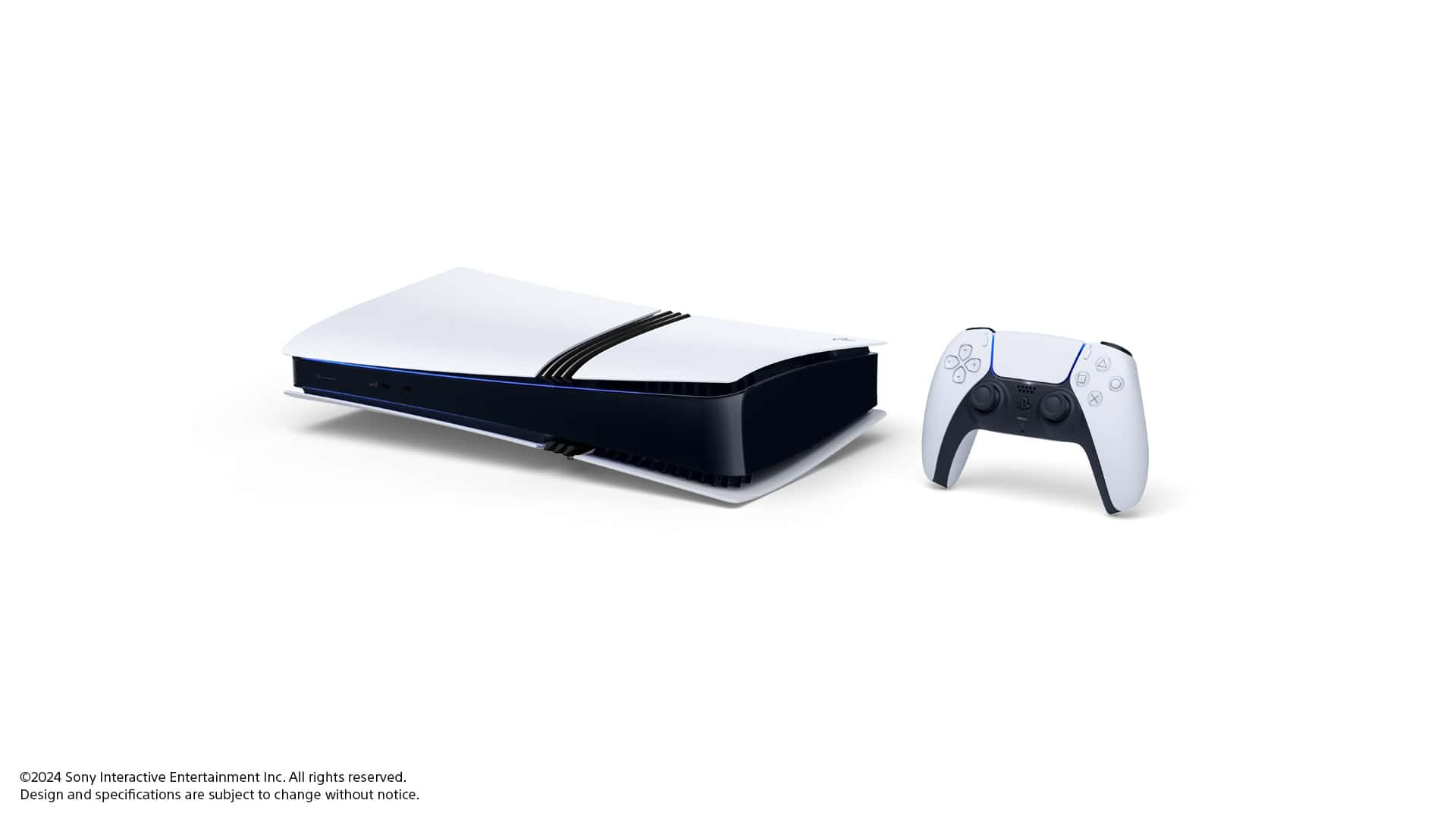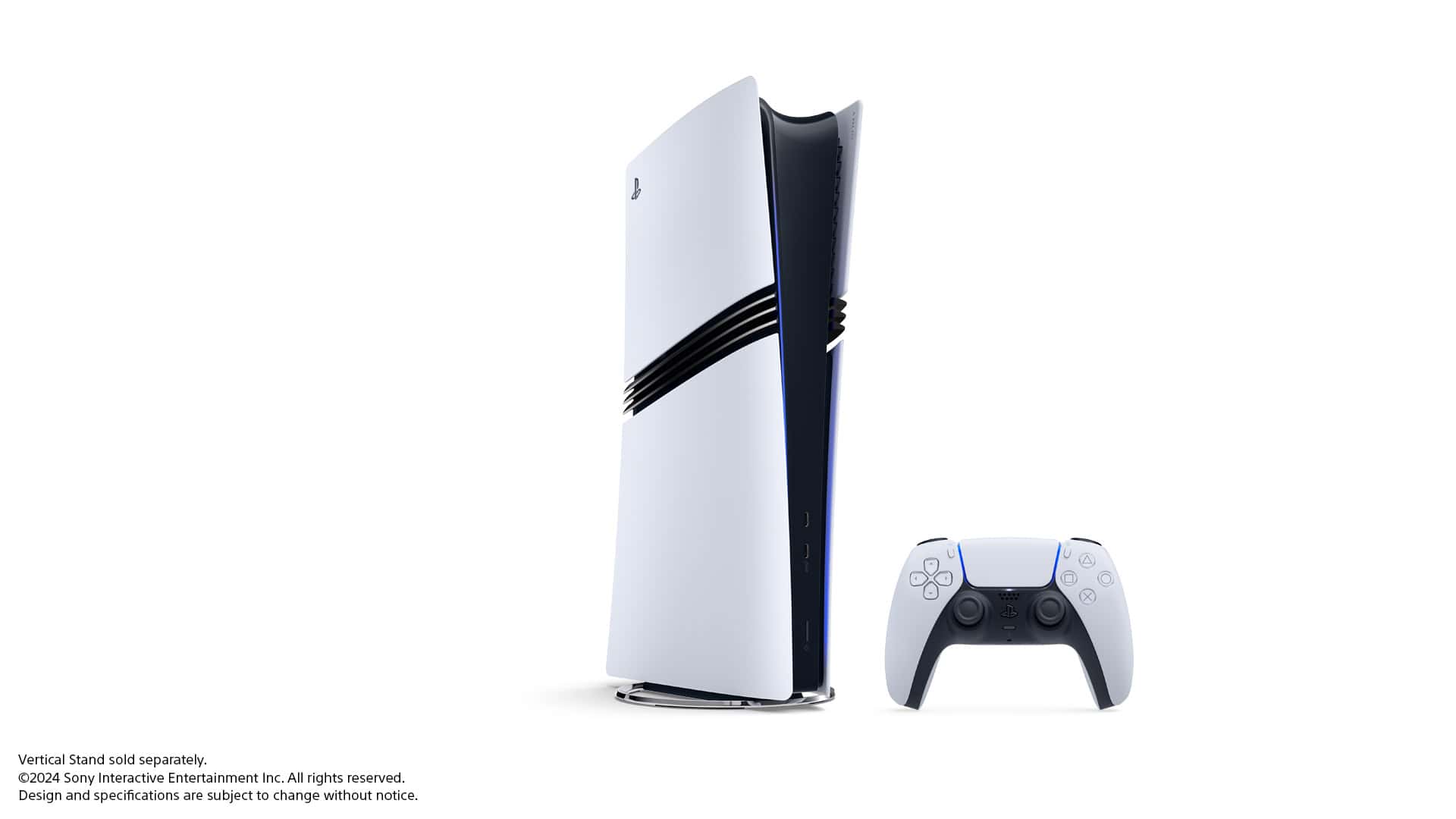After much teasing, PlayStation has revealed its mid-refresh of the PlayStation 5, the PlayStation 5 Pro. And I’ll just tell you from the start, I’m not a fan of what we’ve seen. Regardless, it’s our job to tell you everything about this new console, so let’s start with what we know.
At the start of this event, Mark Cerny explained why the PlayStation 5 Pro exists, and while his technical sweet talk may impress some, there’s quite a bit to be concerned about.
- Upgraded GPU: The PS5 Pro, will get an upgraded GPU with 67% more Compute Units than the current PS5 console and 28% faster memory. Overall, this enables up to 45% faster rendering for gameplay, making the experience much smoother.
- Advanced Ray Tracing: We’ve added even more powerful ray tracing that provides more dynamic reflection and refraction of light. This allows the rays to be cast at double, and at times triple, the speeds of the current PS5 console.
- AI-Driven Upscaling: We’re also introducing PlayStation Spectral Super Resolution, an AI-driven upscaling that uses a machine learning-based technology to provide super sharp image clarity by adding an extraordinary amount of detail.
All of this comes with a price tag of $699.99, and that’s not even including the $79.99 for the disc drive or an additional $20 for the stand. So, you’re looking at a potential price upwards of $800. Sure, you could argue that the disc drive isn’t necessary, but for those upgrading to this mid-gen PS5 Pro who have a sizable physical game library, it’s not optional.
Granted, I’m no Mark Cerny, but I do know my way around a CPU, GPU, and a bit of engineering. And honestly, this price tag just doesn’t justify what’s being offered here. Don’t even get me started on the AI upscaling. There’s already frustration in the PC gaming community over this feature becoming more common, and now we’re seeing it in the console space. It was only a matter of time, but the way it’s being used—rendering games at a lower resolution and then upscaling them—raises questions.
Yes, introducing a lower resolution and relying on AI upscaling can help with performance, depending on the hardware, but how much does it improve visuals compared to a native resolution? That’s the key question. What quality will PlayStation Spectral Super Resolution be? Are We talking about Nvidia DLSS or AMD FSR quality?
It seems like the PS5 Pro, much like the PS4 Pro before it, will be a niche console—appealing mainly to those who are seeking slight visual improvements, even if the performance boost isn’t significant. I’m also quite frustrated that PlayStation is asking for such a high price without providing concrete numbers on how much better the frame rates will be in games.
On top of that, we need to consider how long the PS5 Pro will actually be supported, and how soon the PlayStation 6 will be revealed. Looking back at the PS4 Pro, it was announced on September 7, 2016, and the PS5 was revealed in April 2019, then launched in November 2020—a four-year gap. Can we be sure PlayStation will stick to that timeline, or could it be even shorter this time?
Honestly, this feels like an Nvidia move—releasing a minor upgrade over an existing GPU, raising the price, and expecting everyone to rush out and buy it.
I know plenty of gamers will eventually trade up or purchase the PS5 Pro, but I recommend waiting to see just how much of an upgrade it truly is before spending your money and risking disappointment. Let’s wait for some more proof first, then pluck down that cash if it ends up being what PlayStation is promising.
Here’s the entirety of the PlayStation 5 Pro reveal by Mark Cerny in case you missed it or want to watch it again.
The PlayStation 5 Pro goes on pre-order on September 26, 2024, and will go on sale on November 7th, 2024.


